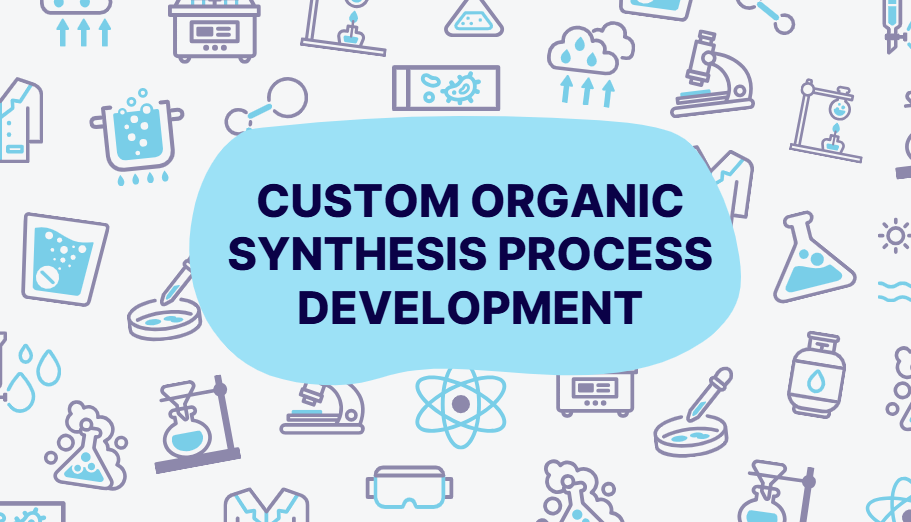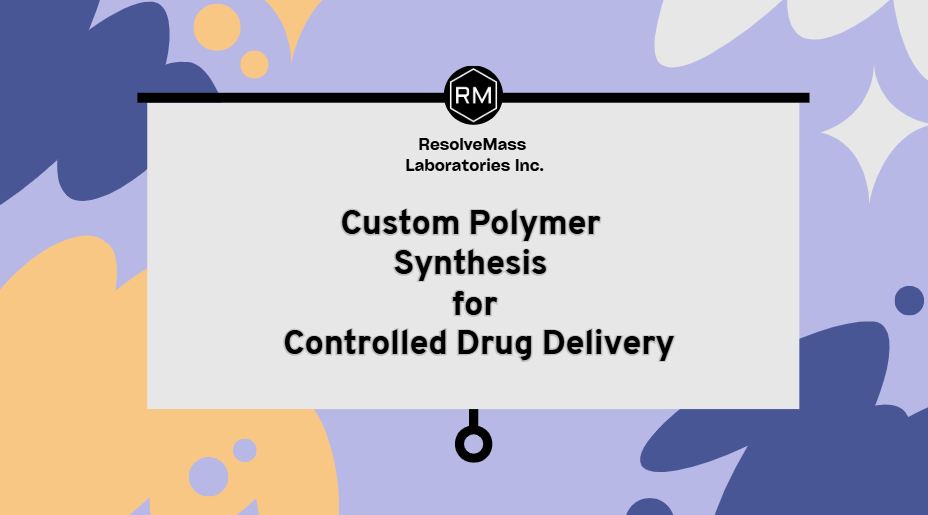
Introduction
Custom polymer synthesis is a transformative technology at the heart of modern material science. Its ability to create polymers tailored to specific applications offers immense potential across industries such as healthcare, electronics, energy, and packaging. However, this dynamic field also faces significant challenges. This article explores the major hurdles and the opportunities that define the future of custom polymer synthesis.
To better understand the current issues, it helps to see where it all started – read the Brief History of Polymer Synthesis: Key Milestones
1. Challenges in Custom Polymer Synthesis
1.1 High Costs of Development
Creating custom polymers often involves expensive raw materials, advanced equipment, and specialized expertise. The costs can deter startups and small businesses, limiting their access to tailored solutions.
Looking for the bigger picture behind high costs? This article covers both current expenses and future market growth – Global Market Insights: The Future of Custom Polymer Synthesis
- Example: High-purity monomers required for medical-grade polymers significantly increase production expenses.
The cleaner the monomer, the better the product- read How to Ensure High Purity in Custom Polymer Synthesis, this article shows how purity is ensured step by step.
1.2 Scalability Issues
While laboratory-scale synthesis offers precision, scaling up for commercial production presents challenges in maintaining quality, consistency, and efficiency.
- Impact: Variability in polymer properties during scale-up can lead to performance issues in final products.
1.3 Regulatory Hurdles
Strict safety and environmental regulations, especially for polymers used in healthcare and food packaging, create obstacles in product approval and market entry.
- Example: Biocompatible polymers used in drug delivery systems must pass rigorous FDA or EMA evaluations.
Want to know why polymer synthesis is so important in advanced drug systems? Then read The Importance of Polymer Synthesis in Modern Science and Technology
1.4 Technical Complexity
Designing polymers with precise molecular structures and functional properties requires advanced expertise and long development cycles.
- Example: Synthesizing stimuli-responsive polymers for drug delivery involves intricate polymerization techniques and testing.
Want to understand how this kind of precision starts at the molecular level? This guide makes it easy to grab – What is Custom Synthesis of Small Molecules? A Beginner’s Guide
1.5 Environmental Concerns
The production of synthetic polymers often involves non-renewable resources and generates waste, posing environmental challenges. As the demand for sustainability grows, companies face increasing pressure to adopt greener practices.
2. Opportunities in Custom Polymer Synthesis
2.1 Advancements in Healthcare Applications
The healthcare sector offers immense opportunities for custom polymers in drug delivery, tissue engineering, and diagnostics.
- Example: Polymers engineered for controlled drug release improve treatment efficacy and patient compliance.
- Market Impact: The biomedical polymer market is projected to reach $30 billion by 2030.
2.2 Sustainable Polymer Solutions
The global push for sustainability has driven innovation in biodegradable and bio-based polymers.
- Opportunity: Developing compostable packaging materials or bioplastics can align with eco-conscious consumer demands.
- Growth Potential: The biodegradable polymer segment is expected to grow at a CAGR of over 12% by 2030.
Read Introduction to Poly(β-amino esters): Structure and Properties to understand the structure and features of a key biodegradable polymer.
2.3 Emerging Technologies in Polymer Design
Technologies like AI and machine learning are streamlining polymer design, predicting material properties, and optimizing production processes.
- Example: AI tools predict polymer compatibility with specific applications, reducing trial-and-error phases.
Here’s a closer look at how AI is actually being used in real custom polymer labs How AI Is Revolutionizing Custom Polymer Synthesis
2.4 Collaboration and Outsourcing
Custom polymer synthesis CROs (Contract Research Organizations) bridge the gap for businesses lacking in-house capabilities.
- Opportunity: CROs enable companies to develop tailored polymers without investing heavily in R&D infrastructure.
2.5 Expanding Applications Across Industries
Custom polymers are finding new applications in:
- Energy: Polymers for fuel cells and solar panels.
- Electronics: Lightweight, conductive polymers for flexible displays.
- Construction: Polymers enhancing durability and thermal insulation.
Different methods create different results – see how step growth and chain growth compare
Different methods create different results, see how step growth and chain growth compare A Comprehensive Guide to Polymerization Techniques: Step-Growth vs Chain-Growth
3. Industry-Specific Challenges and Opportunities
3.1 Pharmaceuticals
- Challenge: Ensuring biocompatibility and regulatory approval for medical-grade polymers.
- Opportunity: Advancements in PEGylated polymers and hydrogels for targeted drug delivery.
3.2 Electronics
- Challenge: Developing polymers with precise conductivity and thermal properties.
- Opportunity: Conductive and dielectric polymers are integral to IoT and wearable devices.
3.3 Packaging
- Challenge: Transitioning from petroleum-based polymers to sustainable alternatives.
- Opportunity: Custom polymers designed for food-grade applications and recyclability.
3.4 Energy Sector
- Challenge: Creating polymers that withstand harsh conditions in renewable energy systems.
- Opportunity: High-performance polymer membranes for hydrogen storage and energy storage systems.
4. Future Trends in Custom Polymer Synthesis
4.1 Focus on Smart Polymers
Materials that respond to stimuli such as temperature, pH, or light are gaining traction for advanced applications in healthcare and electronics.
Deuterated Polymers: A Cornerstone Guide to Synthesis, Applications, and Future Trends highlights how a unique class of materials, deuterated polymers, is part of the future roadmap.
4.2 Growth of Nanostructured Polymers
Nanotechnology is enabling the creation of polymers with enhanced mechanical and thermal properties for use in aerospace and energy sectors.
4.3 Circular Economy in Polymer Design
The shift towards closed-loop systems is driving research into recyclable and upcyclable polymers.
Conclusion
Custom polymer synthesis is a field of immense promise, balancing complex challenges with groundbreaking opportunities. Businesses can overcome these challenges by leveraging advanced technologies, prioritizing sustainability, and collaborating with specialized service providers like ResolveMass Laboratories Inc.
The conclusion is not the end – see what’s ahead for custom polymer synthesis for 2025 and beyond
Our expertise in custom polymer synthesis helps clients navigate technical complexities, scale solutions, and achieve their goals in diverse industries.
- Explore our Custom Polymer Synthesis Services.
- Learn about our Material Characterization Expertise.
- Contact us for tailored solutions at our Contact Us page.
References
- Zhang, X., et al. “Sustainable Polymers: Advances and Applications.” Polymer Journal, 2023. DOI: 10.1007/s11224-023-01678
- Gupta, R., et al. “Smart Polymers in Healthcare Applications.” Journal of Applied Polymer Science, 2022. DOI: 10.1016/j.polymer.2022.09.012
- Kim, Y., et al. “Circular Economy in Polymer Manufacturing.” ACS Sustainable Chemistry & Engineering, 2023. DOI: 10.1021/sc6001234

